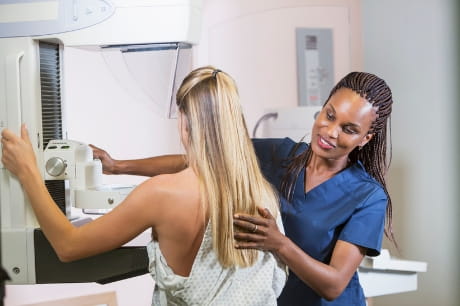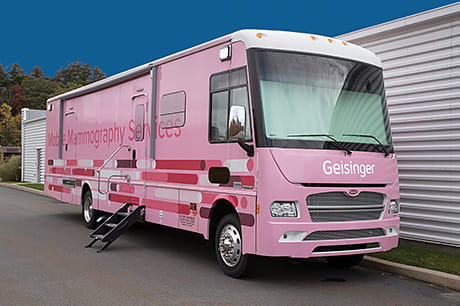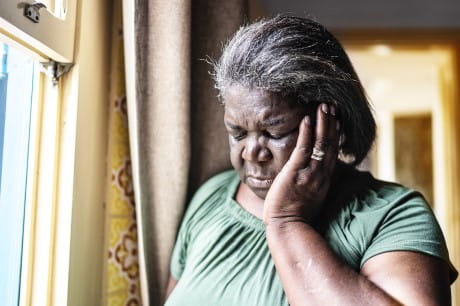To screen or not to screen? A guide to mammograms
Family history makes a difference
Breast cancer is all too common. In fact, one in eight women will be diagnosed with the disease in their lifetime, and more than 266,000 people will be diagnosed this year alone.
But there is good news: if it’s caught early, breast cancer is very treatable. Currently, the five-year survival rate—or the portion of women who live more than five years after diagnosis—is almost 90 percent, thanks to cutting-edge screening and treatment. For reference, the five-year survival rate for lung cancer is only 18 percent.
“When treating breast cancer, the most important thing is early detection,” said Dr. Rosemary Leeming, MD, breast surgeon and chief medical officer at Geisinger Medical Center in Danville. “Mammograms can detect even a slight change in breast tissue which can lead to a treatable, early-stage condition.”
There are many different groups dedicated to breast cancer detection, treatment and research, so it’s not surprising that there are varied recommendations for screening.
“Everyone involved in your care may have an opinion,” said Dr. Leeming, “from your primary care physician and OB-GYN, to specialists like radiologists and oncologists. Sometimes, with so many specialties involved, recommendations can differ and confuse patients.”
For example, all of these groups may recommend regular breast exams, including self breast exams and routine exams from your doctor, but they often recommend different ages for the start of technology-assisted screening such as mammograms.
“While recommendations about the age to get a first mammogram may vary, most agree testing should begin between 35 and 45 depending on your risk level,” said Dr. Leeming. “Women with a family history of breast cancer should start about 10 years before their closest relative was diagnosed.”
Carefully reviewing your family and personal history with your doctor can help identify your ideal starting age, as well as the best screening method.
What is a mammogram?
Mammograms are a specially designed, low-dose X-ray. During a mammogram, breasts are compressed between two plates in order to spread the tissue, decreasing the amount of radiation needed to get a clear picture. Newer mammography technology even allows for three-dimensional pictures which can improve the accuracy particularly in dense breasts.
“Often, mammograms can detect early changes in the breast tissue well before a lump can be felt. Some cancers show only fine specks of calcium which are only detected on mammogram.” said Dr. Leeming.
But, it’s important to note that mammograms aren’t perfect. Normal breast tissue can hide cancer, and dense breasts make it more difficult to get a clear picture. In these cases, it’s important to conduct regular self-exams and ask your doctor for additional screening options. If you have a lump that is not seen on a routine mammogram, make sure the technologist is aware so they can arrange for additional imaging of the area.
Other screening options
- Ultrasounds aren’t just for pregnant women! These machines use high-frequency sound waves to produce an image of the breast tissue. They are painless—a technician passes a handheld device over the area. Since ultrasounds use no radiation, they are often used in very young women or for additional testing after an abnormal mammogram. They are the best way to tell if a lump contains fluid which is a benign condition, or is solid, which requires further evaluation.
“There is debate about using ultrasound screening in high risk women. Breast ultrasound is very sensitive and can pick up very small changes, but many of these are not cancer and patients may undergo additional testing and even biopsies that may not be necessary,” said Dr. Leeming.
- Your doctor may also recommend a breast MRI, which uses spinning magnets to take a cross-sectional image of the breast. The test involves lying motionless on a bed inside the machine for several minutes while the scan is performed. This is the most sensitive test we have for breast cancer but also has a lot of “false-positive” findings, showing small things that end up not being cancer. It is not typically recommended for routine screening of average risk women.
An MRI is often recommended for patients with who are at increased risk for breast cancer because it may pick up more tumors. Breast MRIs are expensive and time consuming and should only be used on the recommendation of a breast expert.
For more information or two find a breast health provider, click here.













